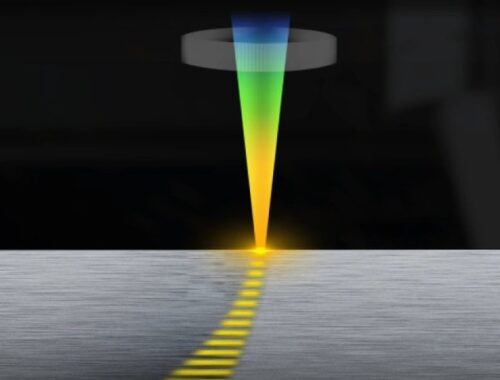Chinese artwork from Vatican on show at Palace Museum
For people who are familiar with Leonardo da Vinci’s painting The Last Supper, the version being exhibited at the Palace Museum in Beijing may look familiar yet peculiar.
There is Jesus Christ and his 12 apostles, but each character has a Chinese face and wears traditional Chinese clothes, and Chinese dishes are on the table.
In another painting, Mary, Jesus Christ and an angel are in a typical Chinese garden in which there is a towering rock. The composition may recall traditional figurative painting from the Song Dynasty (960-1279).
Both works from the early 20th century are among many examples showing how Catholic art got localized in China, and point to the frequent communication among different cultures.
Beauty Unites Us: Chinese Art from the Vatican Museums, the first exhibition of Chinese artifacts on loan from the Vatican, opened on Tuesday at the Palace Museum, China’s former imperial palace from 1420 to 1911, which is also known as the Forbidden City.
The display, which showcases 78 items selected from the collection of the Vatican Museums, will run until July 14.
Although Biblical-themed artworks and religious items are a key part at the exhibition, including ceramic plates with images of Bible stories, the exhibition also displays Buddhist and secular artifacts.
“The Vatican is a treasury of fine art with abundant masterpieces,” Wang Xudong, director of the Palace Museum, said at the exhibition’s opening ceremony.
“I’m so glad that the Vatican Museums could have a rendezvous with the 600-year-old Forbidden City in such a beautiful way.”
In 1925, Pope Pius XI (1857-1939) organized a major exhibition at the Vatican to showcase the beauty of cultures from across the globe, bringing together more than 100,000 works of art.
“Many of them came from China. The Vatican Museums also accepted donations from priests’ collections of Chinese artifacts,” said Wang.
The Vatican Museums currently houses around 5,000 Chinese cultural relics.
“These collections have great variety and are from a wide range of eras,” Wang said.
The artifacts on display include a Northern Wei Dynasty (386-534) stone Buddhist statue and sancai – a type of Tang Dynasty (618-907) pottery figurines using glazes and generally in three colors, a Qing Dynasty (1644-1911) thangka – a Tibetan Buddhist painting on cotton and silk applique – and an imperial robe from the Qing Dynasty.
Also on show is a scroll map, which was drawn during the reign of Emperor Kangxi (1662-1722). It shows the cities, rivers, mountains and barracks along the route of the Great Wall. It was in the collection of a cardinal in the 18th century.
Paolo Nicolini, delegate for the administrative-management sectors of the Vatican Museums, said that the exhibition is a result of continuous cooperation since 2016, when he visited China to attend the inaugural Silk Road International Cultural Expo in Dunhuang, Gansu province.
“Fine arts cannot be locked in a safe,” Nicolini said. “It should embrace the whole world, and open doors to all people, no matter which philosophy they have. These Chinese art items are symbols of friendship, which will be further enhanced by this exhibition.”
“The friendship we have built makes our minds broader and horizons wider,” he said. “Beauty keeps us united and it will continue to do so in the future.”
The Palace Museum selected 12 treasures from its inventory to present at the exhibition, including Eight Horses, by Giuseppe Castiglione, the 18th-century Italian Jesuit painter who worked for Chinese royal family, and a painting by Wu Li, an early Qing Dynasty artist who was also a Catholic.
You May Also Like

シャーシ設計の最適化手法とその応用
March 20, 2025
AWS Weather Station: Monitoring Environmental Conditions with Precision
March 17, 2025